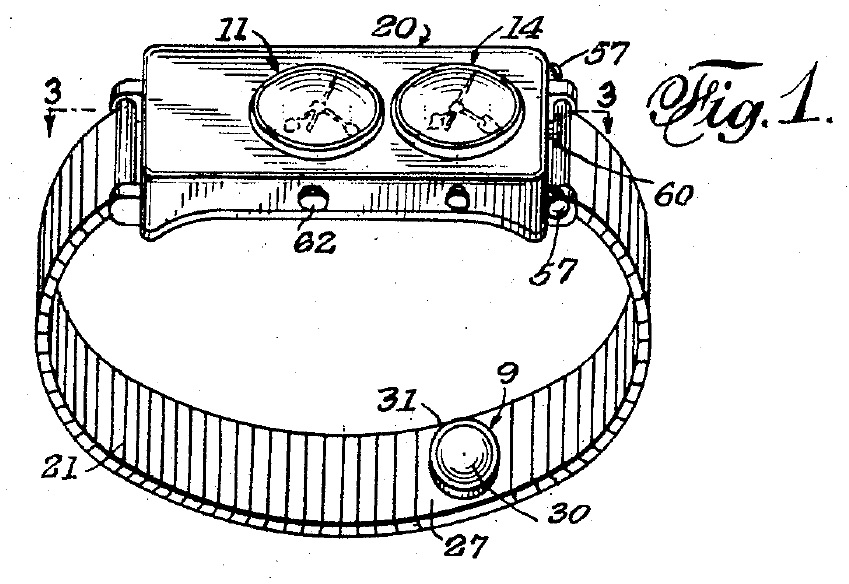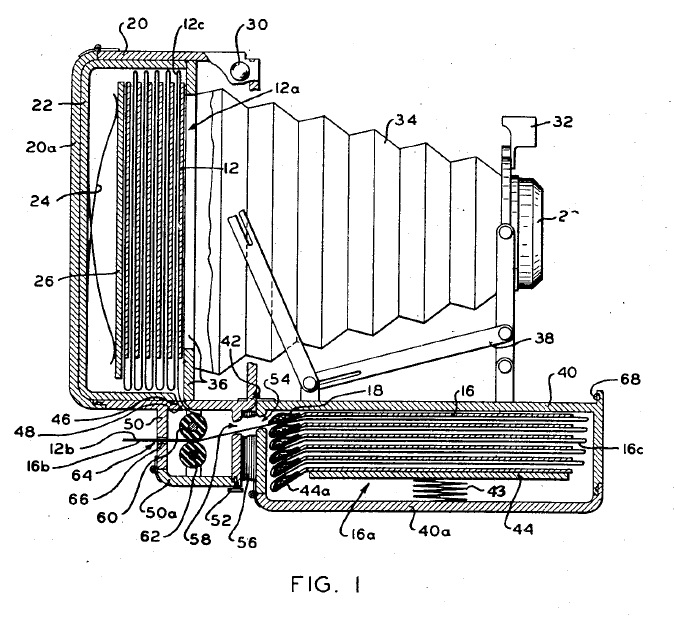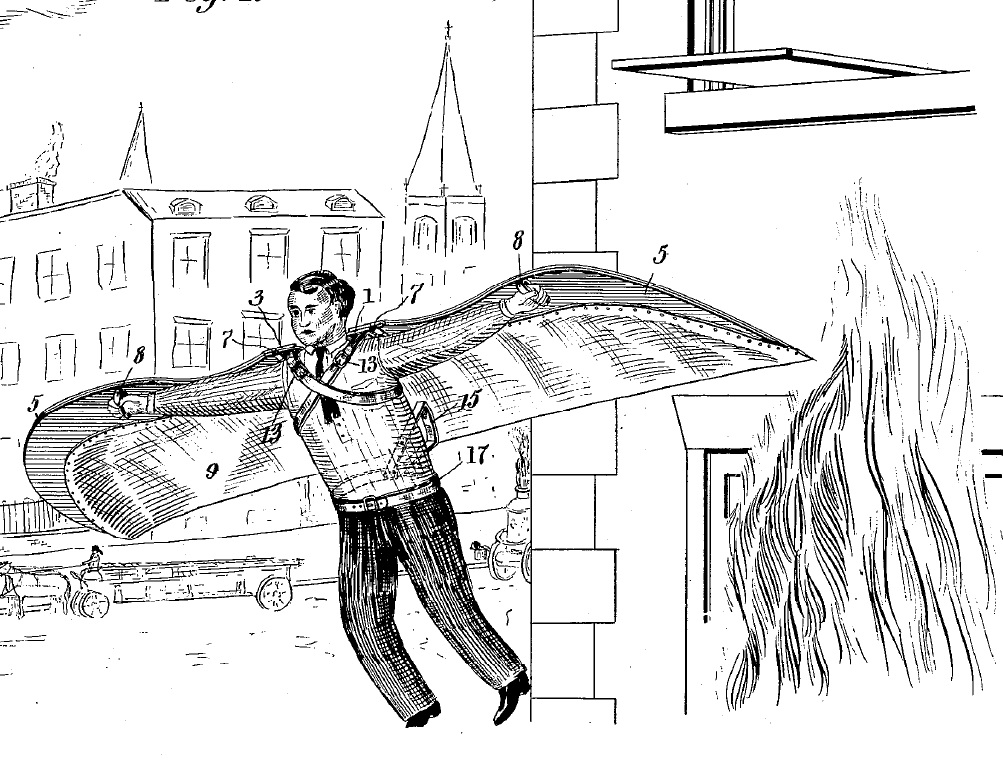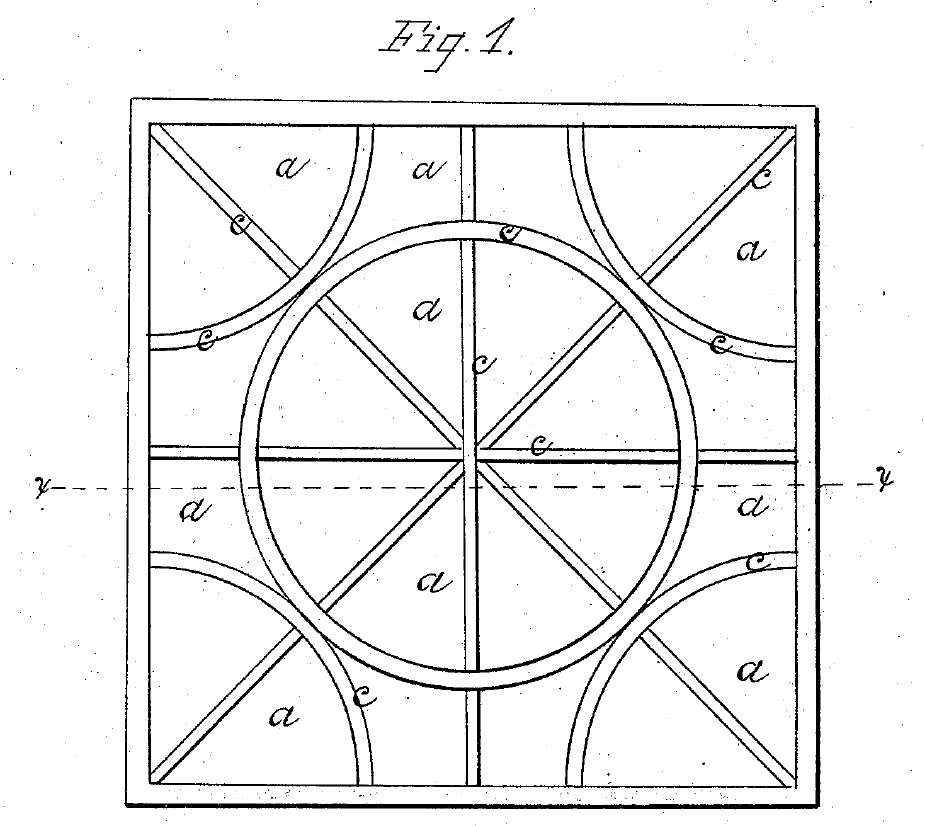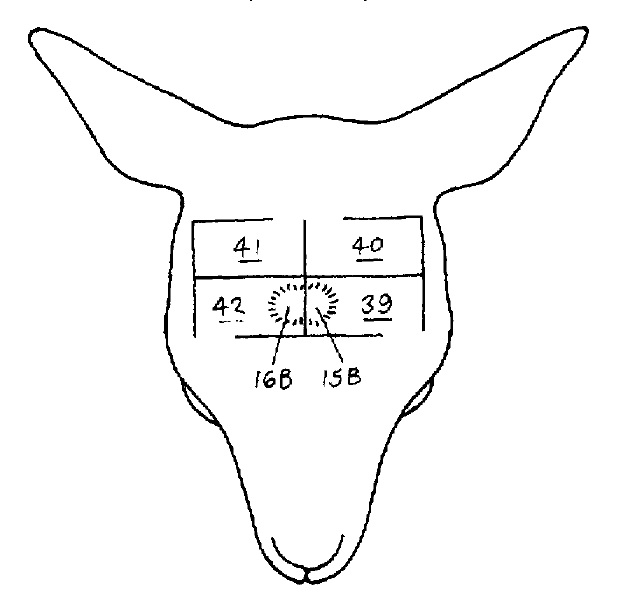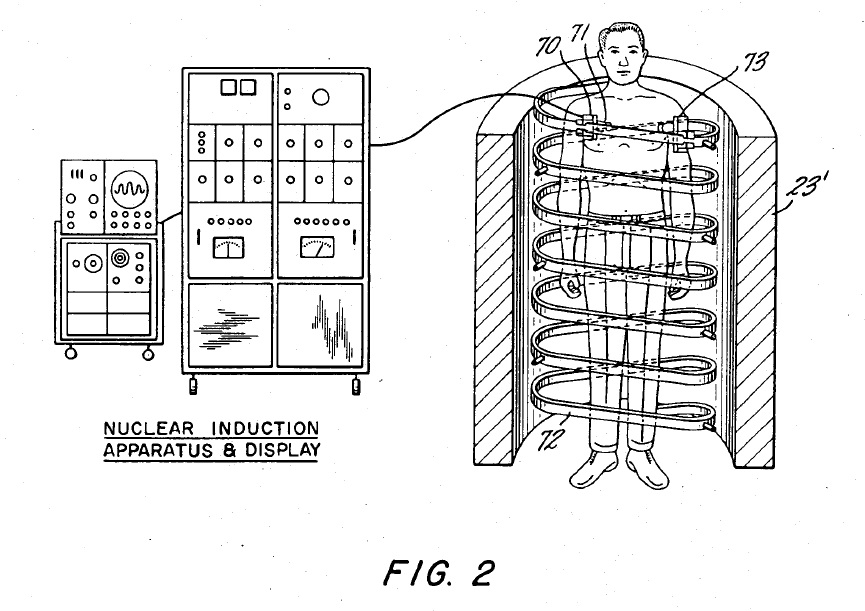A Beauregard claim is a claim to a computer program written as a claim to an article of manufacture: a computer-readable medium on which instructions are encoded for carrying out a process. Beauregard appealed the rejection of his claims directed to software on a tangible storage medium. The Court never approved this method of claiming software, because the Commissioner of Patents conceded that “that computer programs embodied in a tangible medium, such as floppy diskettes, are patentable subject matter under 35 U.S.C. § 101 and must be examined under 35 U.S.C. § 102 and 103,” and dismissed the appeal In re Beauregard, 53 F.3d 1583 (Fed. Cir. 1995).
This worked well until In re Nuijten, 500 F.3d 1346 (Fed. Cir. 2007), where the Federal Circuit held that signals were not patent eligible, because their ephemeral nature kept them from falling within the statutory categories of 35 U.S.C. § 101. This undermined Beauregard claims to computer programs electronically distributed. In 2010, the USPTO advised applicants that, to avoid running afoul of In re Nuijten, software claims should be directed to non-transitory computer-readable media.
However, the USPTO’s wording may be problematic, because rewritable storage media such as flash drives, are regarded by at least some as “transitory.” To resolve this potential issue with the USPTO’s non-transitory computer-readable media, it may behoove the applicant to provide an explanation or definition of “non-transitory” that does not exclude legitimate tangible temporary storage media. For example, this language from recently issued U.S. Patent No. 9113131:
Generally speaking, a computer-accessible medium may include any tangible or non-transitory storage media or memory media such as electronic, magnetic, or optical media—e.g., disk or CD/DVD-ROM coupled to computer system 400 via bus 430. The terms “tangible” and “non-transitory,” as used herein, are intended to describe a computer-readable storage medium (or “memory”) excluding propagating electromagnetic signals, but are not intended to otherwise limit the type of physical computer-readable storage device that is encompassed by the phrase computer-readable medium or memory. For instance, the terms “non-transitory computer-readable medium” or “tangible memory” are intended to encompass types of storage devices that do not necessarily store information permanently, including for example, random access memory (RAM). Program instructions and data stored on a tangible computer-accessible storage medium in non-transitory form may further be transmitted by transmission media or signals such as electrical, electromagnetic, or digital signals, which may be conveyed via a communication medium such as a network and/or a wireless link.
U.S. Patent No. 9110963 explains:
The terms “tangible” and “non-transitory,” as used herein, are intended to describe a computer-readable storage medium (or “memory”) excluding propagating electromagnetic signals, but are not intended to otherwise limit the type of physical computer-readable storage device that is encompassed by the phrase computer-readable medium or memory. For instance, the terms “non-transitory computer readable medium” or “tangible memory” are intended to encompass types of storage devices that do not necessarily store information permanently, including for example, random access memory (RAM). Program instructions and data stored on a tangible computer-accessible storage medium in non-transitory form may further be transmitted by transmission media or signals such as electrical, electromagnetic, or digital signals, which may be conveyed via a communication medium such as a network and/or a wireless link.
A simpler explanation is provided in U.S. Patent No. 9148676:
The term “non-transitory”, as used herein, is a limitation of the medium itself (i.e., tangible, not a signal ) as opposed to a limitation on data storage persistency (e.g., RAM vs. ROM).
When claiming software stored on a computer readable medium, explaining the claim terms may be important.

